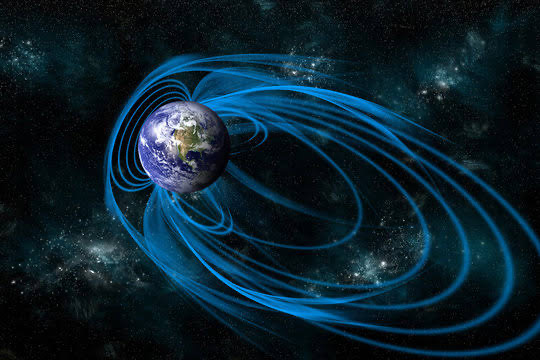High-frequency waves detected in the Martian Upper Atmosphere could help understand plasma processes over Mars (PIB)

- 06 Jan 2024
Why is it in the News
Recently, scientists have detected the existence of high-frequency plasma waves in the Martian Upper Atmosphere with novel narrowband and broadband features that can help to understand plasma processes in the Martian plasma environment.
What are Plasma Waves?
- Plasma waves, commonly observed in Earth's magnetosphere, denote short-time scale fluctuations in electric and magnetic fields.
- These waves play a crucial role in energizing and transporting charged particles within Earth's magnetosphere.
- Specific plasma waves, like electromagnetic ion cyclotron waves, serve as a safeguard, cleansing Earth's radiation belt, known to pose threats to satellites.
- Researchers, intrigued by this phenomenon, seek to understand the presence of diverse plasma waves around planets without intrinsic magnetic fields, such as Mars.
Key Observations:
- Scientists utilized high-resolution electric field data from NASA's Mars Atmosphere and Volatile Evolution Mission (MAVEN) spacecraft to examine high-frequency plasma waves in the Martian environment.
- These waves manifest as either parallel-propagating electron oscillations (Langmuir waves) or perpendicular-propagating electron oscillations (upper-hybrid type waves) in Mars' magneto sheath region.
- Two distinct wave modes, below and above the electron plasma frequency, were observed in the Martian magnetosphere.
- Broadband and narrowband waves exhibited identifiable features in the frequency domain, with broadband waves displaying periodic patchy structures at intervals of 8–14 milliseconds.
Significance:
- The presence of these waves offers a valuable tool to investigate how electrons gain or dissipate energy within the Martian plasma environment.
